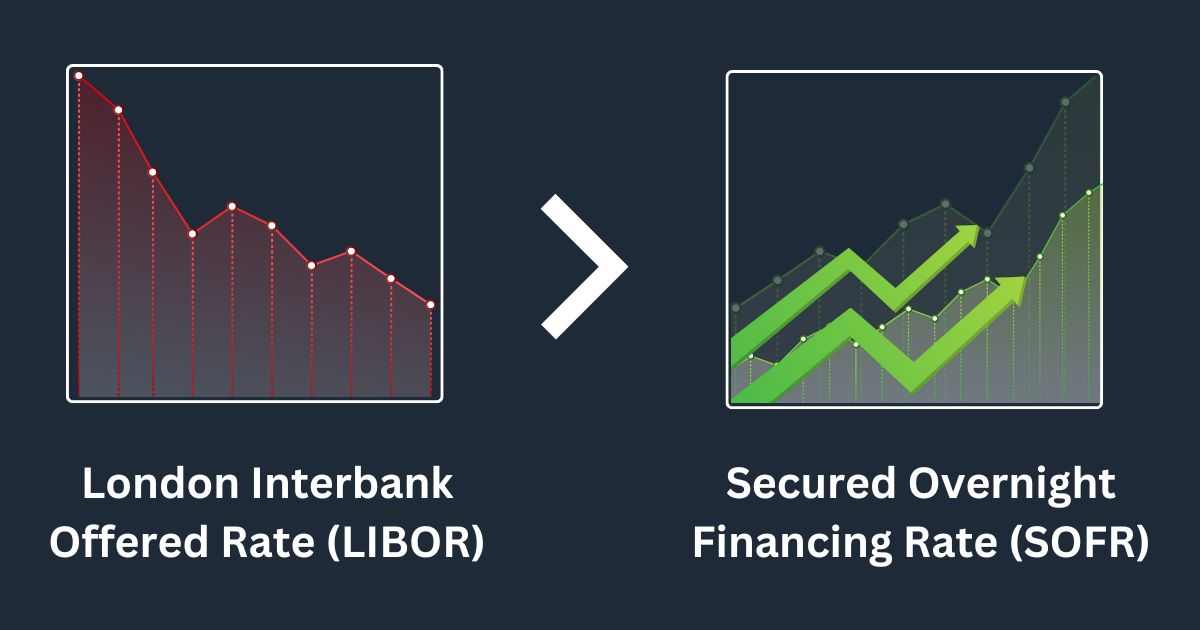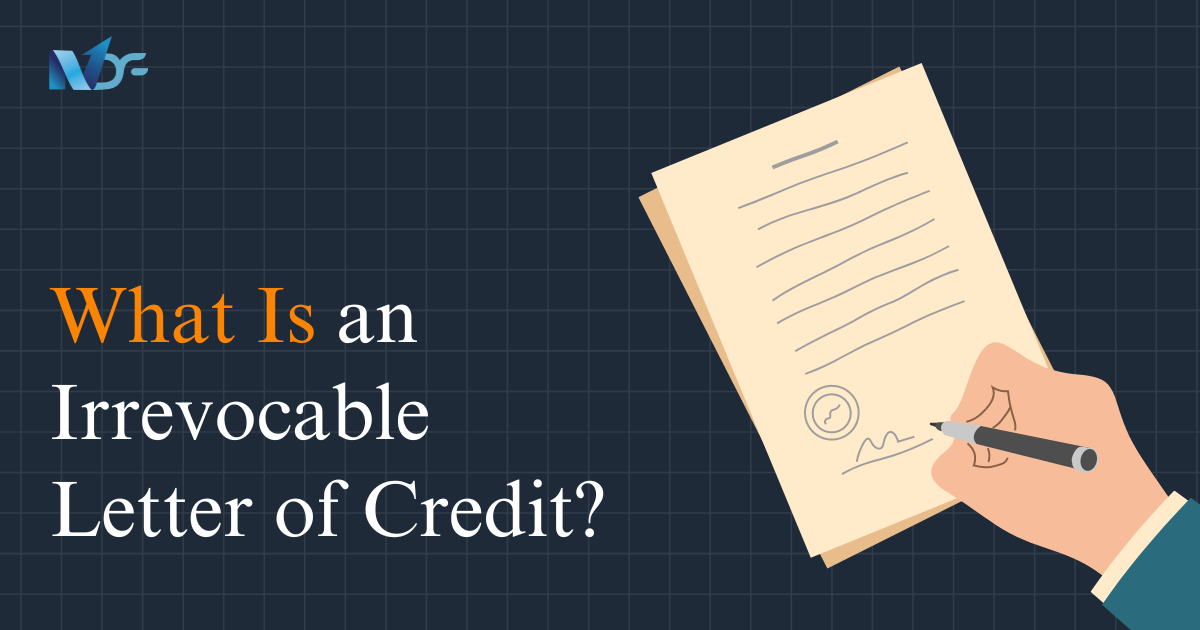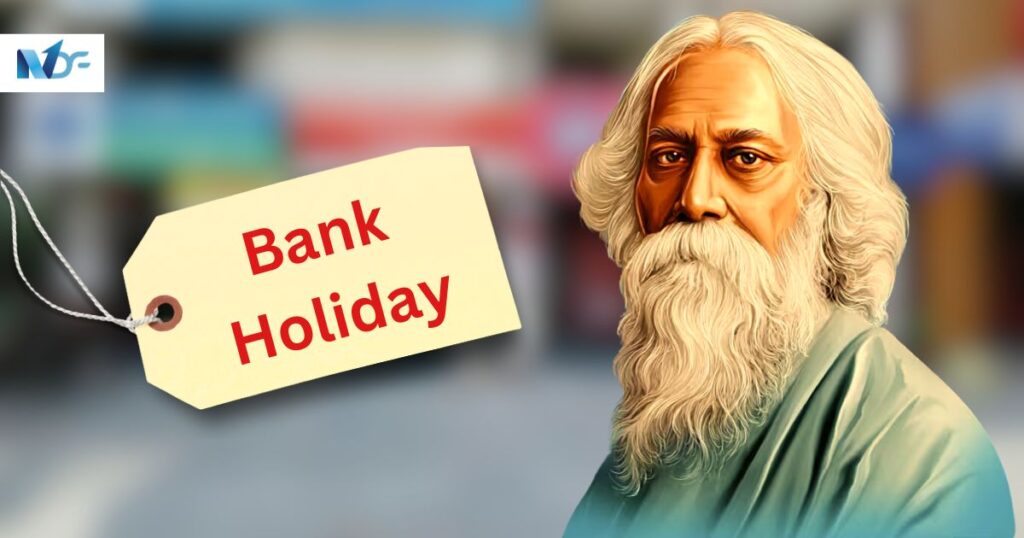In the world of finance, there exists a lesser-known gem called lease rental discounting. This unique financial strategy has the power to transform the way real estate owners, financial institutions, and businesses approach their financial planning.
In this article, we will dive deep into the intricacies of lease rental discounting. We will explore its definition, significance in financial planning, and its myriad of benefits.
Whether you are a property owner seeking to leverage your real estate assets or a financial institution looking for a secure investment opportunity, lease rental discounting holds immense potential for you.
What is Lease Rental Discounting (LRD)?
Lease rental discounting, often abbreviated as LRD, is a financial arrangement where property owners can obtain a loan or credit facility from a financial institution using their rental receipts as collateral.
LRD places a significant emphasis on cash flow generated by the property rental, unlike traditional loans, which focus on the borrower’s creditworthiness.
In other words, LRD allows real estate owners to monetize their rental and have immediate funds at their disposal.
How does Lease Rental Discounting work?
Lease rentals discounts are an agreement between borrowers, the tenants who own the property and a financial institution. Generally, the landlord will use the rental receipts from each month derived from the lease to guarantee the loan.
The mechanism of lease rental discounting involves a careful evaluation of the property’s rental income potential. Once a financial institution assesses the property’s rental cash flow and determines its stability, they offer a loan amount based on a certain percentage of the rental income.
Understand Lease Rental Discounting (LRD) with an Example:
Imagine Mr. Kumar owns a big office building in Delhi. He has rented out this building to a famous tech company for 10 years. The tech company has agreed to pay Mr. Kumar a monthly rent of Rs. 5 lakhs for using the building.
Now, Mr. Kumar needs some cash quickly to start a new business. But he doesn’t want to sell his office building. That’s when he learns about lease rental discounting from a bank.
Here’s how it works:
- The bank calculates that over the next 10 years, the tech company will pay a total rent of Rs. 6 crores (Rs. 5 lakhs per month for 120 months) to Mr. Kumar for using his building.
- However, instead of waiting 10 years to get this Rs. 6 crore rent money slowly over time, the bank offers to give a big chunk of this money to Mr. Kumar right now itself.
- Let’s say the bank offers to give Rs. 3.5 crores to Mr. Kumar upfront.
- In exchange, the bank asks the tech company tenant to directly deposit the monthly rent into an escrow account opened with the bank, instead of paying Mr. Kumar.
- So every month, the Rs. 5 lakh rent goes straight from the tech company into the escrow account.
- From this escrow account, the bank automatically deducts the EMI (equated monthly installment) towards repaying the Rs. 3.5 crore loan amount, plus interest.
In simple terms, Mr. Kumar got Rs. 3.5 crores cash upfront from the bank by promising his future rent revenues. The bank discounted and paid a lump sum amount against the full 10 year rental value.
So lease rental discounting allows property owners like Mr. Kumar to get cash quickly based on their future rent incomes, without having to actually sell their property.
Features and Benefits of Lease Rental Discounting (LRD)

Property Lease rental discounting offers many benefits for real estate owners, making it an attractive financial option. Some key features and benefits are:
1.Liquidity without Selling
Property owners can unlock the value of their real estate assets while retaining ownership. LRD allows them to access immediate funds without resorting to property sales.
2.Flexible Usage of Funds
Property owners have the freedom to utilize the funds obtained through Lease Rental Discounting for various purposes, such as business expansion, debt consolidation, home renovations, or even investment in new properties.
3.Tax Efficiency
The interest paid on the Lease Rental Discounting loan is often tax-deductible, providing potential tax advantages for real estate owners.
4.Steady Cash Flow
Rental income from the property ensures a predictable cash flow, ensuring a regular return on investment.
*Note
In these agreements, it is essential to specify a lock-in period. This period refers to the duration when the tenant is obligated to stay and cannot terminate the lease. In practice, banks allocate funds specifically for this defined period.
While the lock-in period for commercial and retail buildings often spans between three and five years, the lease duration for these types of properties typically ranges between five and fifteen years. Long-term leases and lock-in agreements that last the duration of the loan significantly reduce the risk of vacancy and increase the stability of cash flows over the debt servicing period.
Prerequisites to Lease Rental Discounting (LRD)
1. Corporate Tenants
Lease rental discounting is typically only approved when the tenants are financially strong and reputed corporate entities. This is because the lenders rely on the future rental cash flows from these tenants to provide the upfront financing. Lenders want to ensure the rental income stream is reliable and likely to continue over the lease period. Creditworthy corporate tenants with good financial standing are a must.
2. Longer Lease Term
Another key requirement is that the remaining lease tenure on the rental property must be substantially long, usually 5 years or more. Lenders do not offer lease rental discounting for short-term leases. The lender draws comfort from a longer tenure of a lease. A longer outstanding lease term is necessary to ensure sufficient rental income over time to repay the discounted amount.
Lease Rental Discounting Loan Eligibility Criteria

To be eligible for a Lease Rental Discounting (LRD) loan, applicants must meet certain criteria. These requirements ensure that the applicant is qualified and capable of availing the loan facility. Here are the key eligibility criteria for obtaining a Lease Rental Discounting or LRD loan:
1.Age Requirement
Applicants should be at least 21 years old when applying for the loan and should not exceed 65 years of age at the time of loan maturity.
2.Citizenship
Applicants must be residing citizens of India. This criterion ensures that the loan facility is accessible to Indian citizens who fulfil the other specified conditions.
3.Property Ownership
Applicants should possess properties located in metro, urban, or semi-urban areas. The ownership of such properties is a prerequisite for availing of a Lease Rental Discounting or LRD loan.
4.Rental Agreement
The properties owned by the applicants should be leased out to reliable entities such as PSUs, Government, Semi-government, or Reputed Corporates, Banks, Financial Institutions, and MNCs. This criterion ensures that the rental income from the property is stable and secure.
5.Security
To secure the loan, the bank will charge an equitable mortgage on the property to be financed. Additionally, the bank may require additional collateral security deemed appropriate by the bank. These measures safeguard the lender’s interests and provide assurance for the loan repayment.
Additional/Interim Security
In certain cases, the bank may request further security arrangements that are acceptable to the bank. This criterion allows the bank to assess the specific needs of the loan application and determine if any additional security measures are necessary.
Suggested Read: Understanding Business Loans: A Comprehensive Guide
Documents Required for Lease Rental Discounting Loan

If you want to avail Lease rental discounting loan, you should keep the following documents handy.
- Lease Agreement
- Photograph
- Last 6 months of Bank account statement
- Application form
- ID proof
How is a Lease Rental Discounting different from Loan against property
Loan Against Property (LAP):
- You own a house or office and need some money.
- The bank gives you a big loan using your property as security.
- You still stay in/use your property as you wish.
- But you have to repay the loan amount plus interest to the bank in monthly installments from your income.
- If you can’t repay, the bank can take away and sell your property.
Lease Rental Discounting (LRD):
- You own an office or building that you have rented out to a company.
- Instead of waiting years to get all the rent money, the bank pays you a lump sum upfront.
- In return, the tenant company pays all the monthly rent directly to the bank.
- From this rent money, the bank deducts and keeps the loan amount plus interest that they paid you earlier.
- So you get money quickly, but the bank gets paid from the future rents over time.
The key difference is – in a property loan you repay from your income, but in lease rental discounting, the tenant’s rent itself repays the bank loan.
Conclusion
Lease rental discounting is an amazing financial solution for real estate owners in India. LRD loan facility allows individuals to leverage the rental income from their properties, providing them with access to immediate funds. By meeting the eligibility criteria, applicants can unlock the potential of their real estate assets.
LRD serves as a bridge between rental income and financial goals, empowering individuals to meet their diverse needs and aspirations. Whether it’s expanding a business, funding education, or investing in new ventures, LRD offers a flexible and accessible financial tool for property owners to achieve their objectives.
By understanding the benefits and eligibility requirements of LRD, individuals can make informed decisions and take advantage of the opportunities that this loan facility presents.
Suggested Reads:
- What is SSI? Small-Scale Industries Explained
- 70+ Best RBI Approved Loan Apps In India
- Fake loan app list: 500+ apps you should avoid at any cost
- 15+ Most Profitable Best Wholesale Business Ideas in India
FAQs
What are lap and LRD?
LAP has lower and more attractive interest rates than LRD and the loan amount is larger. In contrast to LAP, which does not need renters to pay regular rent, LRD does.
Are there any foreclosure charges for an LRD loan?
Typically foreclosure charges vary from 0%-5%. It depends on the bank from which you are getting your loan amount sanctioned.
What are the advantages of lease rental discounting?
Lease rentals discounts enable a landlord to better leverage its properties. Business owners can secure loans for properties, utilize the loan cash flow for acquisition and thus increase liquidity.
Who is eligible for an LRD loan?
An applicant should be at least 21 years old to apply for a loan. Interested candidates must be Indian citizens living abroad. Applicants are expected to have a property in metropolitan, urban or semi-urban locations.
What is the LRD method?
Lease Rental Discounting or LRD is a loan that is offered against a rent receipt generated by a lease contract. The credit you receive has a base value that is calculated by the property and the negotiated rent price.
















